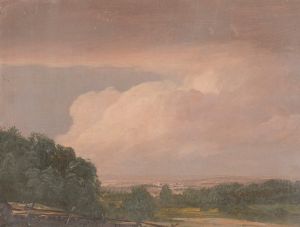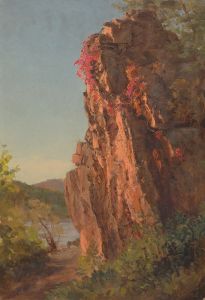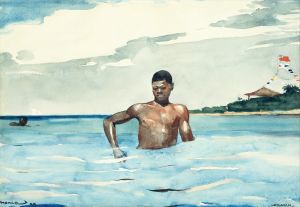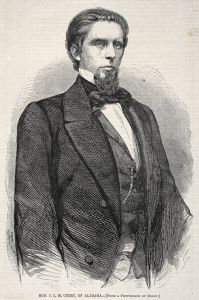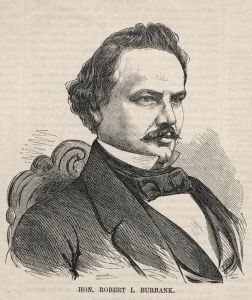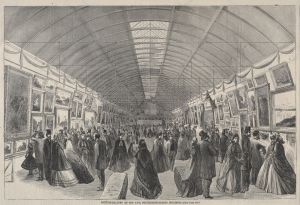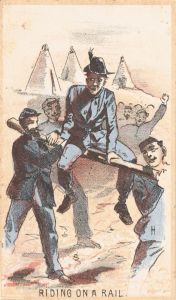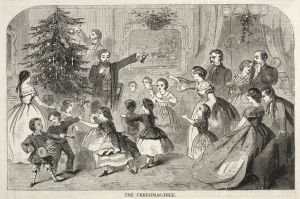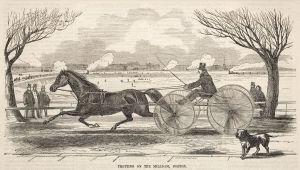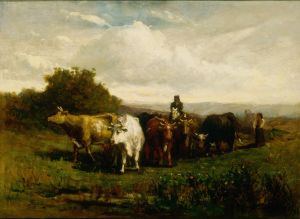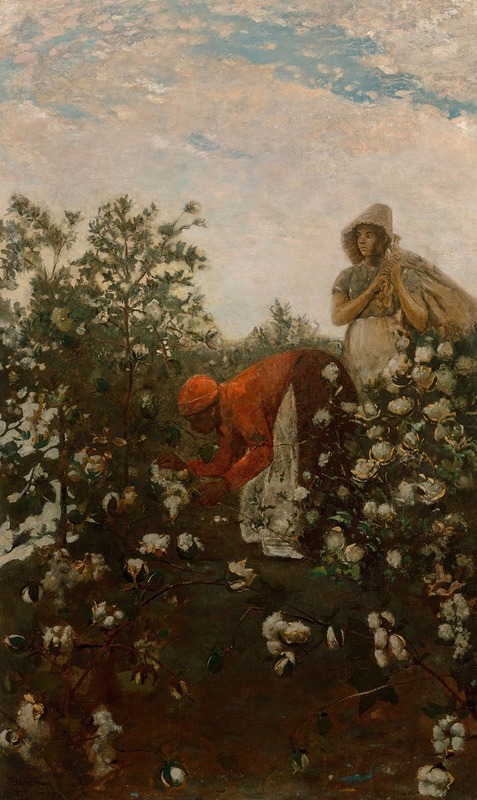
Upland Cotton
A hand-painted replica of Winslow Homer’s masterpiece Upland Cotton, meticulously crafted by professional artists to capture the true essence of the original. Each piece is created with museum-quality canvas and rare mineral pigments, carefully painted by experienced artists with delicate brushstrokes and rich, layered colors to perfectly recreate the texture of the original artwork. Unlike machine-printed reproductions, this hand-painted version brings the painting to life, infused with the artist’s emotions and skill in every stroke. Whether for personal collection or home decoration, it instantly elevates the artistic atmosphere of any space.
Winslow Homer, an American landscape painter and printmaker, is renowned for his marine subjects and depictions of American life. One of his lesser-known works, "Upland Cotton," reflects his interest in the everyday scenes and labor of the American South. While there is limited information specifically about the painting "Upland Cotton," we can explore the context of Homer's work and his artistic focus during the period when he might have created such a piece.
Winslow Homer was born on February 24, 1836, in Boston, Massachusetts. He began his career as a commercial illustrator before transitioning to painting. Homer's work is characterized by its realistic portrayal of American life and landscapes, often capturing the essence of the post-Civil War era. His time spent in various locations, including the Northeastern United States, Florida, and the Caribbean, influenced his subject matter and style.
During the Reconstruction era following the Civil War, Homer traveled to Virginia and other Southern states, where he observed and documented the lives of African Americans and the changing social landscape. This period marked a significant shift in his work as he began to focus more on themes of rural life and labor. His paintings from this time often depict scenes of agricultural work, leisure, and the interaction between people and their environment.
The cotton industry was a central element of the Southern economy, and it is plausible that Homer, during his travels, would have encountered scenes of cotton cultivation and harvest. Cotton fields and the labor associated with them were emblematic of the Southern landscape and economy. Homer's interest in depicting the realities of American life may have led him to capture such scenes, highlighting the labor-intensive nature of cotton production and its significance in the post-war South.
Homer's style during this period was marked by a keen observation of light and atmosphere, often using watercolor and oil to convey the textures and nuances of his subjects. His ability to capture the subtleties of human expression and the interplay between figures and their surroundings is evident in many of his works.
While specific details about "Upland Cotton" are scarce, it is likely that the painting, like many of Homer's works, reflects his commitment to realism and his interest in the social and economic conditions of his time. His paintings often serve as historical documents, providing insight into the lives of ordinary people and the landscapes they inhabited.
In summary, while there is no detailed information available about the painting "Upland Cotton" by Winslow Homer, understanding his broader body of work and the historical context in which he painted can provide valuable insights into the themes he may have explored in this piece. Homer's legacy as an artist lies in his ability to capture the essence of American life with authenticity and depth, making his work an enduring part of American art history.







